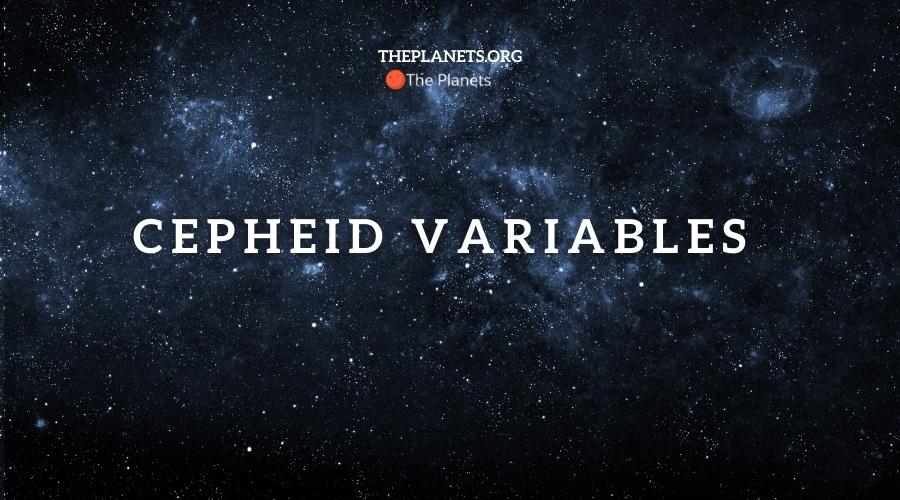
The stars that you see in the sky are millions of miles away from the Earth. Though it can sometimes feel as if you can reach out and touch one on a clear night, those stars are farther away than you might expect. Cepheid variables refer to specific types of stars. They can appear brighter on some nights and dimmer on others. This allows NASA and astronomers to use the stars to map their locations in the sky and determine how far away they are from Earth and other planets. You can learn more about Cepheid variables in the following article.
Henrietta Swan Leavitt
Modern astronomers can thank Henrietta Swan Leavitt for the discovery of Cepheid variables. While observing the sky in 1912, she found that the brightness of 25 stars would shift from bold and bright to dark and dim over time. She called them Cepheid stars and found them in a spot called the Magellanic cloud. Leavitt was also the first astronomer to realize that the stars followed a set period in which their brightness would change. She found that the brightest Cepheid stars had the longest periods, which meant that they showed brighter than other stars did for longer. It was also Leavitt who discovered that Cepheid stars have regular periods of brightness and that these periods remain constant or uniform over time.
Massive Stars
Many people think that stars are small simply because they look small in comparison to the Earth. Stars are not only large but also have a huge mass. Cepheid variables are extremely hot and can reach temperatures higher than those reported on the sun. The stars can also have masses that are bigger than the sun and be up to 20 times larger in size. An interesting point about these stars is that their mass can change as their brightness does. The temperatures of the stars can change at the same time.
Luminosity and Brightness
Astronomers use the terms brightness and luminosity to describe how much light a star produces. Some of these stars have a regular period that lasts for one day. This means that the star will slowly become brighter and then hold its maximum brightness for one full day before the period begins again. The periods associated with Cepheid variables can last for up to 100 days too. It depends on both the size and location of the star.
Distance and Measurement
The location and luminosity of a Cepheid variable are important because it helps astronomers measure the distance between two objects in the sky. They use a formula that takes the absolute magnitude of an object away from its apparent magnitude and factors in the distance in a parsec. You can see Cepheid variables that are around 20 million light-years away from the Earth. Astronomers can use the formula to find the distance of objects that are even farther away. This formula also applies to the objects located in other galaxies.
Classical vs. Type II
Cepheid variables fall into one of two categories: Classical and Type II. Classical variables are up to 20 times more massive than the sun and up to 100,000 times brighter. They follow a set schedule with pulses that occur at regular intervals. Classical variables are also rich in different types of metals. Type II Cepheid variables do not have as much metal and are both smaller and dimmer than the sun. They usually have a mass roughly half as large as the sun and include the oldest stars in the universe. Some of these stars are more than 10 billion years old.
Cepheid Variables Through History
Edward Pigott was the first person in history to observe Cepheid variables. He observed the first Cepheid star in 1784, which he named Eta Aquilae. John Goodricke later found a group of similar stars that he named Delta Cephei, which astronomers derived to create the term Cepheid variable. It wasn’t until Leavitt that astronomers learned how to use those stars as a measurement tool. Edwin Hubble later used her formula to determine how far away the Milky Way was from the Andromeda Galaxy. Astronomers working for NASA and other organizations still use that formula with Cepheid variables to determine the distance between two objects in space.